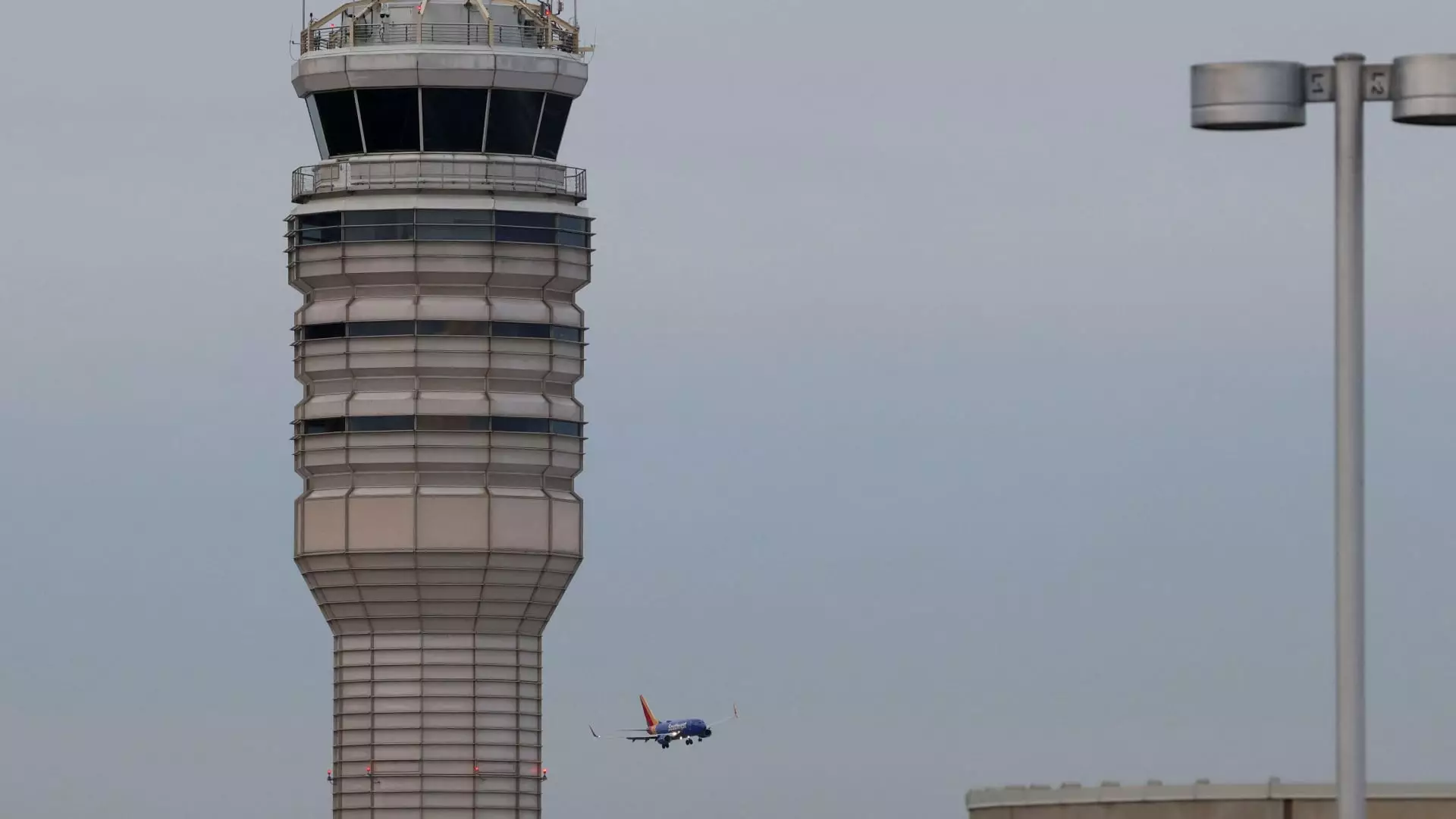The recent tragic incident involving an Army Black Hawk helicopter colliding with an American Airlines jet over Washington, D.C., has spurred immediate responses from transportation authorities aimed at bolstering aviation safety. The severity of this collision, which resulted in the death of all individuals aboard both aircraft, underscores the critical need for a reevaluation of operational protocols in crowded airspaces, particularly near airports. As highlighted by Transportation Secretary Sean Duffy, this incident has catalyzed a set of restrictions designed to protect both commercial air traffic and military operations in the vicinity of Ronald Reagan Washington National Airport.
On the fateful evening, American Eagle Flight 5342 was on its approach to Reagan National Airport when it emerged in a catastrophic intersection with the Black Hawk helicopter. With 64 passengers and crew aboard the commercial flight, the event marked a grim milestone, being the first fatal airline crash in the U.S. for over a decade and a half. As investigations probe deeper into the circumstances surrounding the crash, officials are examining vital factors, including the helicopter’s flight path, its altitude, and potential lapses in communication with air traffic control.
The immediate repercussions of this tragedy have led to new flight restrictions within a designated airspace zone. Duffy’s announcement indicated careful delineation of restricted zones, encompassing crucial stretches of the Potomac River and surrounding areas that are typically navigated by helicopters. Such measures are intended to create a safer environment for all aircraft interacting in this heavily trafficked aerial corridor, which has long served as a hub for both civilian and military aviation.
Designated Flight Paths and Their Importance
The airspace in Washington, D.C., is characterized by its complexity, where various aviation operations coexist. National Transportation Safety Board member Todd Inman noted the meticulous system of flight tracks that helicopters utilize, indicating a well-established protocol designed to manage air traffic flow. This incident has raised critical questions about whether there were breaches in these defined procedures or if further enhancements are necessary to ensure safety compliance.
Response from the Aviation Community
American Airlines CEO Robert Isom’s comments reflect a broader sentiment within the aviation industry that safety must remain paramount. His praise for the swift action taken by government leaders highlights an industry-wide understanding that accountability and proactive measures are essential in restoring public confidence following such calamities. As investigations unfold, the need for a thorough analysis of operational protocols becomes evident, emphasizing the necessity of maintaining open channels of communication between military and commercial air traffic.
The tragic events of this week serve as a sobering reminder of the inherent risks associated with aviation in densely populated areas. As regulatory bodies work to refine and enforce new safety measures, the aviation community is called upon to reinforce systemic resilience and adapt to changing conditions. Ensuring the sanctity of both commercial and military operations is vital for restoring public trust in the safety of air travel. Moving forward, continuous dialogue and collaborative efforts between military and civilian aviation sectors will be critical in preventing future tragedies and securing the skies over our nation’s capital.

